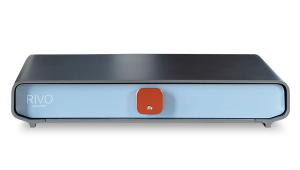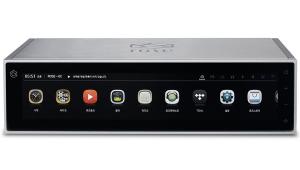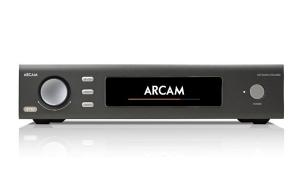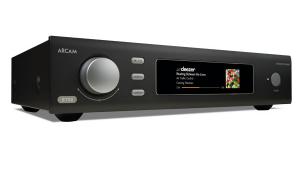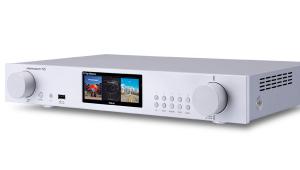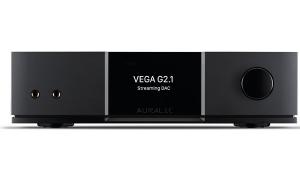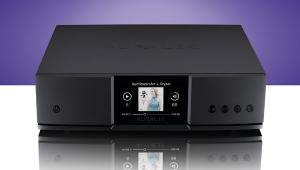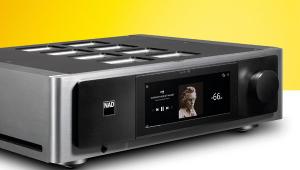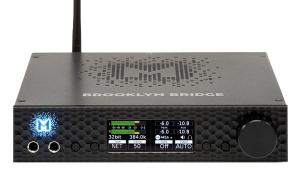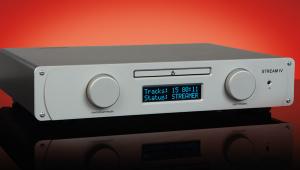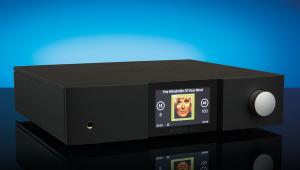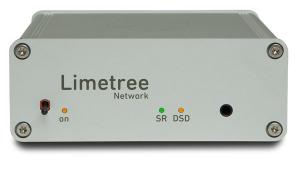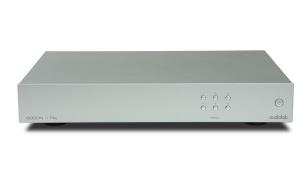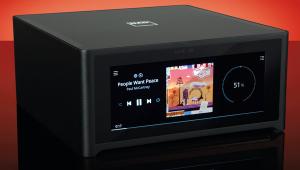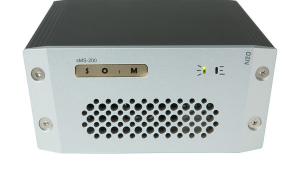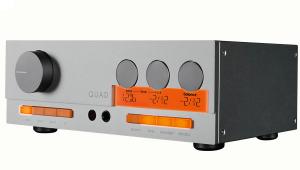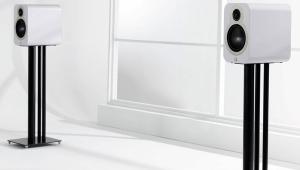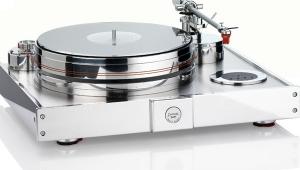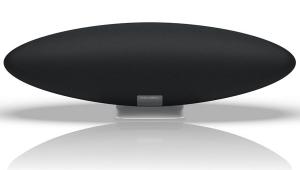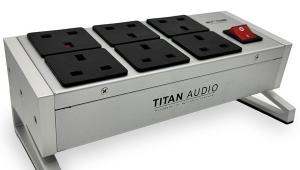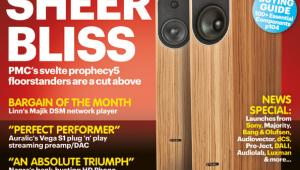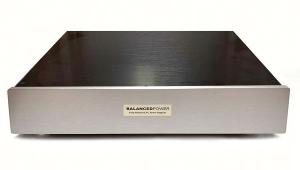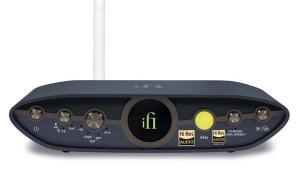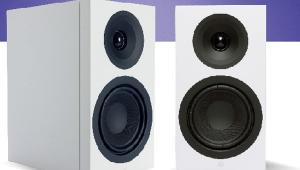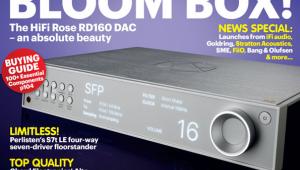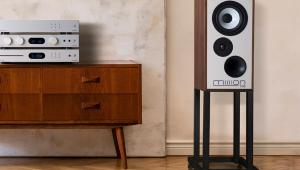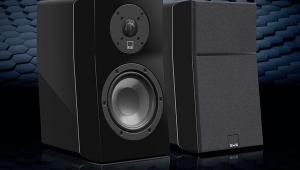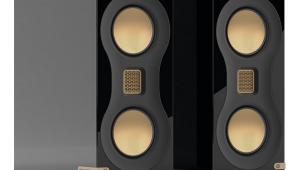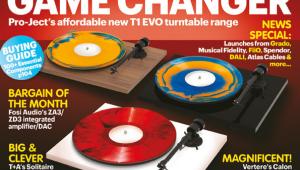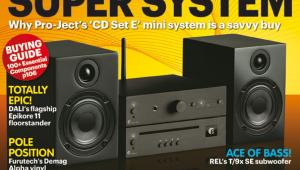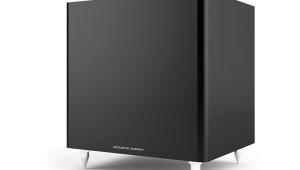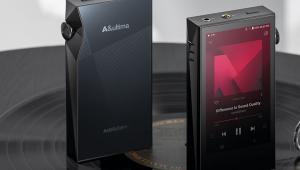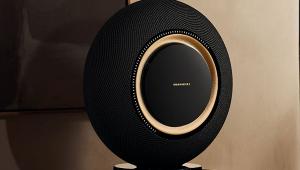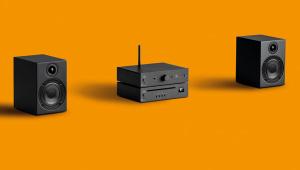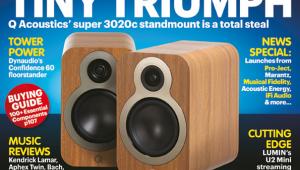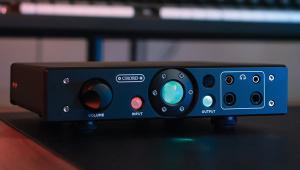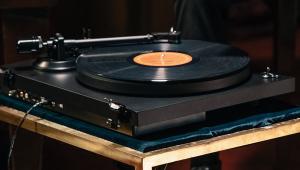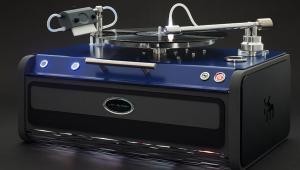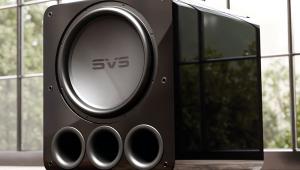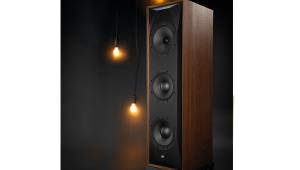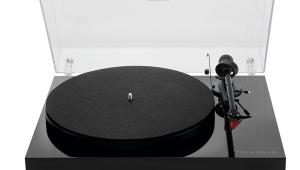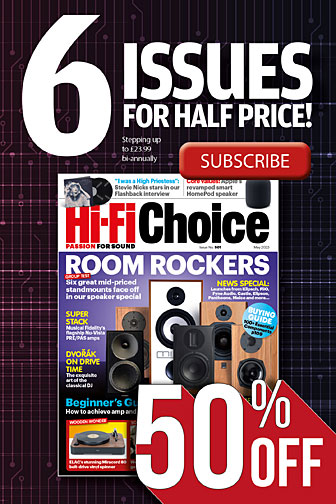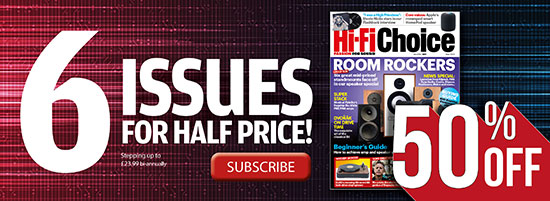WiiM Ultra
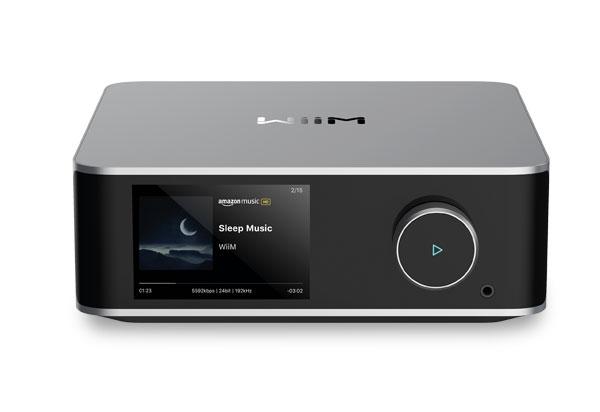
 In just a few short years, WiiM has become a key player in the affordable streaming market. The tiny Mini and barely larger Pro and Pro+ (HFC 511) are great streaming front ends that make rivals look expensive in comparison. As they do a great deal already, WiiM has looked to broaden the spec for the next rung up the ladder: the Ultra.
In just a few short years, WiiM has become a key player in the affordable streaming market. The tiny Mini and barely larger Pro and Pro+ (HFC 511) are great streaming front ends that make rivals look expensive in comparison. As they do a great deal already, WiiM has looked to broaden the spec for the next rung up the ladder: the Ultra.
At its core, it is closer to the Pro than the Pro+. It uses a pair of ESS ES9038Q2M DACs and additional processing is handled by 512MB of Flash memory and a small processor. It supports PCM to 192kHz, but not DSD. It will, however, automatically transcode DSD to PCM. All of the other niceties we’ve seen on the smaller WiiM streamers like EQ, microphone calibration and Amazon Alexa integration are carried over.
In terms of extra functionality, the Ultra is leagues ahead of its smaller stablemates and pretty much anything else anywhere near the price. Inputs include optical, HDMI ARC and RCA together with MM/MC phono stage. This is a combination of features not seen since the Naim NSC 222 at more than 10 times the price. It’s not perfect – the phono ground is on the socket rather than a post and needs a good helping of Blu Tack to be silent with a Pro-Ject Debut EVO 2 (HFC 521) – but it’s still hugely impressive.
This is combined with new casework that is a dramatic step forward over the existing streamers and WiiM Amp. The gloss finish and metal top plate are considerably more elegant than before, but it’s the small but legible touchscreen display that really elevates the Ultra. When combined with the WiiM app; which isn’t the absolute best of its kind but is stable and intuitive, operation is simple and wholly straightforward. The overall standard of build is more than acceptable given how much the Ultra does at the price.
Sound quality
The WiiM family I’ve listened to so far has been deeply impressive and the Ultra continues the trend. Hayden Thorpe’s odd but lovely Ness sees it deliver his distinctive falsetto with a vibrancy and energy that is genuinely impressive. The WiiM does a very good job of avoiding the slightly ‘etched’ presentation common to some ESS-based devices, while the adjustable EQ functionality allows some fine tuning of the performance. I am able to tweak the low end to deal with a known room node and leave the performance inroom impressively close to flat.
It also works well as a preamp. Hooking up a Chord Electronics TToby (HFC 423) power amp shows the Ultra to be a capable front-end that mates a linear volume ramp with a presentation that is a useful extension of what the WiiM does via line-level. Listening to the beautifully open Resolve by Poppy Ackroyd, you can argue that there isn’t quite the space and airiness of more expensive digital preamps – such as the £750 Eversolo DMP-A6 (HFC 506), but then you can’t add a turntable to an Eversolo.
Listening to the Ultra handling Little Barrie and Malcolm Catto’s Quatermass Seven is genuinely enjoyable and something you could legitimately do as a ‘normal’ means of enjoying a record collection. The HDMI ARC is also extremely effective and offers a fuss-free way of hooking up a TV.
Conclusion
It’s this flexibility that makes the Ultra so appealing. While there are some streamers that can keep it honest at the price, they all fall short when it comes to the sheer scope of things you can connect to it. Get yourself a decent used power amplifier at the £250-£400 price point, combine it with the WiiM and you’ve got an extremely capable system. The company’s purple patch shows no immediate signs of abating. ES
DETAILS
Product: WiiM Ultra
Type: Plug-and-play streaming preamp
FEATURES
● Supports sample rates up to: 24-bit/192kHz
● HDMI ARC; line, optical and phono (MM and MC) inputs
● Roon Ready
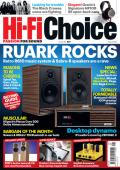 |
Inside this month's issue:
Ruark R610 music system and Sabre-R standmount speakers, PMC twenty.23i Active, floorstanders, English Acoustics Downton preamplifier, Bluesound NODE ICON preamp/streamer, Ortofon Concorde Music Blue MM cartridge and much, much more
|
